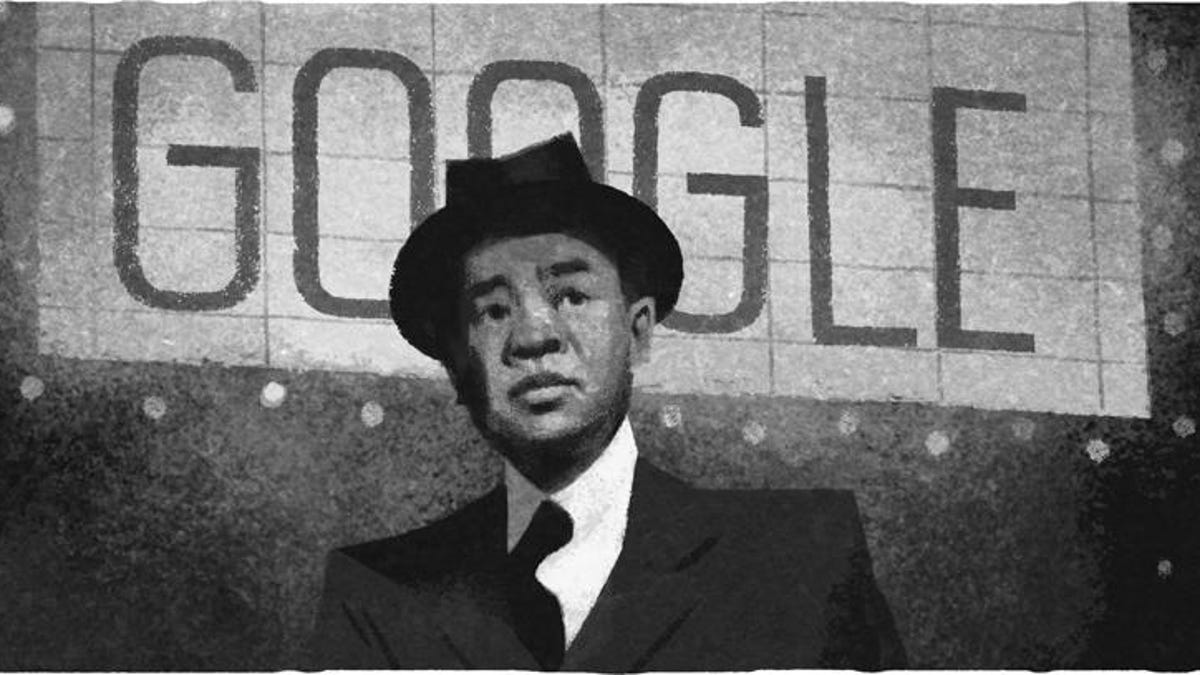Google Doodle spotlights cinematographer James Wong Howe
China-born Howe worked his way up from clapper boy to winner of two Academy Awards.

Google honors Chinese-born cinematographer James Wong Howe.
James Wong Howe worked his way up from cleaning the cutting-room floor to becoming a pioneering cinematographer nominated for 10 Academy Awards and winning two.
A China-born American, Howe started working in Hollywood as an extra clapper boy and camera assistant for legendary film director Cecil B. DeMille before becoming one of the most influential cinematographers in the industry. Howe was known for his use of dramatic lighting and deep shadows, a technique that came to be associated with film noir.
Howe worked on more than 130 films during his career, including the 1934 comedy-mystery The Thin Man. The movie, nominated for the Academy Award for Best Picture, was added to the US National Film Registry in 1997, having been deemed "culturally, historically, or aesthetically significant."
Howe, who served as cinematographer on the movie, was honored Friday with a Google Doodle on the anniversary of the film's release.
Howe was born in Guangzhou, China, in 1899 and immigrated to the US when he was 5 years old. He boxed professionally in his teens and worked odd jobs, before getting his start in the movie industry by delivering films.
Earlier in his career, Howe was known for his use of unusual lenses, film stocks and shooting techniques. He was an early adopter of the crab dolly, a camera cart with four wheels and a movable arm supporting the camera that creates smooth camera movements.
Howe then made the successful transition to color films, keeping his cinematography inventive by his use of fish-eye and wide-angle lenses. He would win Academy Awards for cinematography for 1955's The Rose Tattoo and 1963's Hud.
Despite his success in Hollywood, Howe faced significant racial discrimination, prevented from becoming a US citizen until the repeal of the Chinese Exclusion Act in 1943. His 1937 marriage to American novelist Sanora Babb wasn't recognized in the US until 1949 when laws banning mixed-race marriages were abolished.
Howe died in 1976, a year after coming out of retirement to work on 1975's Funny Lady, which would earn him his 10th and final Academy Award nomination.
This doodle was scheduled to run a year ago, but was withheld out of respect when Hurricane Harvey struck the South.
"Though we don't usually run Doodles more than once, Howe left such a unique and indelible mark on American cinema that we decided to run the Doodle this year on the anniversary of the release of one of his most notable works," Google said in a statement.
Doodling our world: Check out Google's previous celebrations of people, events and holidays that impact our lives.
Cambridge Analytica: Everything you need to know about Facebook's data mining scandal.

